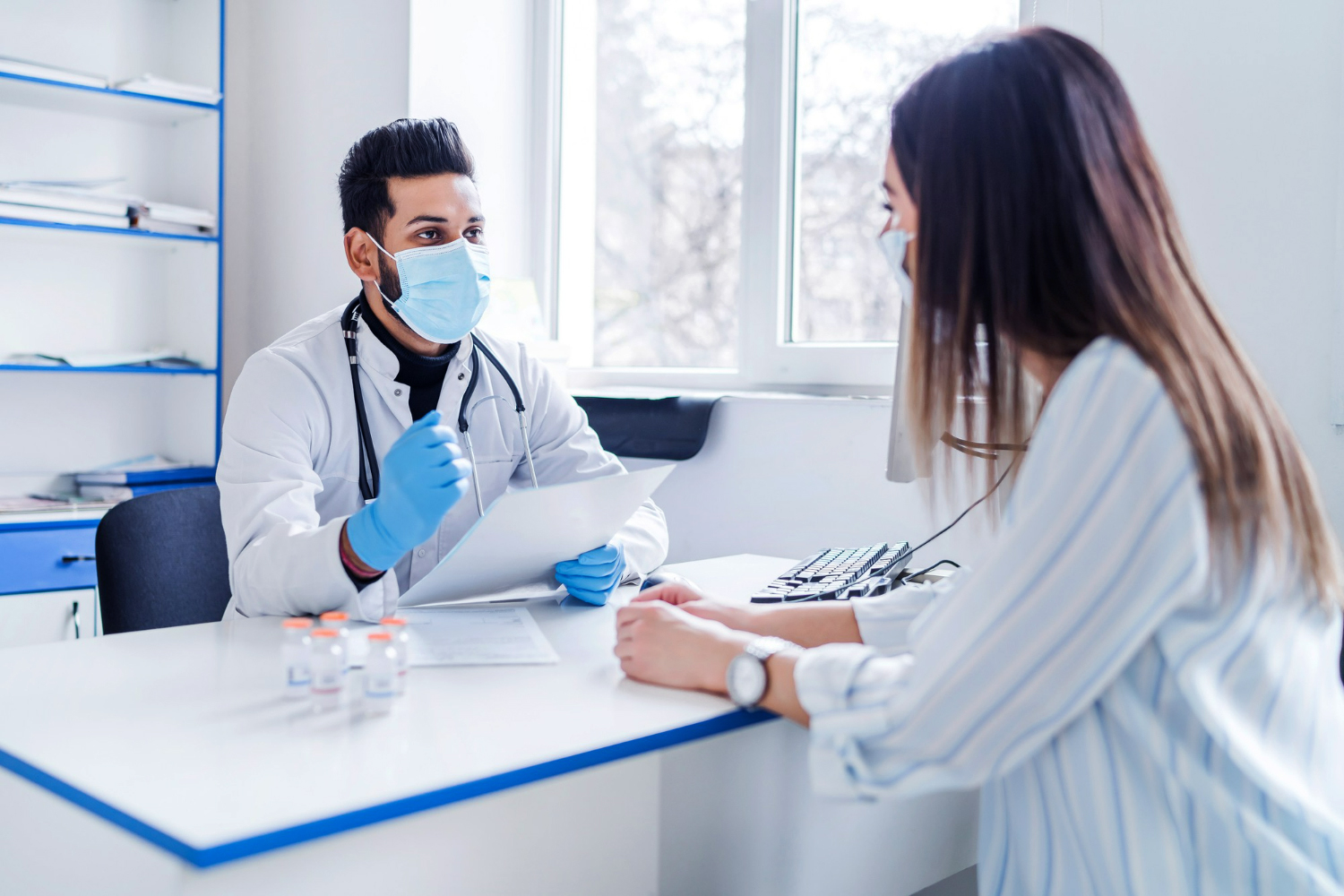
What is a venous skin ulcer?
A skin ulcer is a type of wound that develops on the skin. A venous skin ulcer is a shallow wound that develops when the leg veins don’t return blood back toward the heart as they normally would (venous insufficiency). These ulcers usually develop on the sides of the lower leg, above the ankle, and below the calf. Venous skin ulcers are slow to heal and often come back if you don’t take steps to prevent them. A venous skin ulcer, also called a stasis leg ulcer, can greatly benefit from the expertise of a wound care specialist who can provide specialized care, recommend appropriate treatments, and implement preventive measures to optimize healing and reduce the risk of recurrence.
What causes venous skin ulcers?
Your veins have one-way valves that keep blood flowing toward the heart. In venous insufficiency, the valves are damaged, and blood backs up and pools in the vein. The blood may leak out of the vein and into the surrounding tissue. This can lead to a breakdown of the tissue and an ulcer.
Veins that become blocked also may cause blood to pool, leading to these ulcers.
What are the symptoms?
The first sign of a venous skin ulcer is skin that turns dark red or purple over the area where the blood is leaking out of the vein.
The skin also may become thick, dry, and itchy.
Without treatment, an ulcer may form. The ulcer may be painful. You also may have swollen and achy legs.
If the wound becomes infected, the infection may cause an odor, and pus may drain from the wound. The area around the wound also may be more tender and red.
Call your doctor when you first notice the signs of a venous skin ulcer, because you may be able to prevent the ulcer from forming. If an ulcer has formed, get treatment right away, because new and smaller ulcers tend to heal faster than larger ones.
How are venous skin ulcers diagnosed?
Your doctor will diagnose venous skin ulcers by asking questions about your health and looking at your legs. Your doctor may also use duplex Doppler ultrasound. This test shows how well blood is moving through the lower leg.
Your doctor may use other tests to check for problems related to venous skin ulcers or to recheck the ulcer if it does not heal within a few weeks after starting treatment.
How are they treated?
Better blood circulation helps prevent and treat venous skin ulcers. To improve your blood circulation, you can:
- Lift your legs above the level of your heart as often as possible. For example, lie down and then prop your legs up with pillows.
- Use compression stockings or bandages. These help prevent blood from pooling in your legs.
- Walk daily. Walking helps your blood circulation.
After your ulcer has healed, continue to wear compression stockings. Take them off only when you bathe and sleep. Compression therapy helps your blood circulate and helps prevent other ulcers from forming.
What makes venous skin ulcers more likely?
Risk factors are things that make a health problem more likely. Risk factors for venous insufficiency and venous skin ulcers include:
- Deep vein thrombosis, in which a blood clot (thrombus) forms in the deep veins of the legs.
- Obesity.
- Pregnancies, which may make a vein problem worse.
- A family history of varicose veins.
- Smoking, lack of physical activity, excessive alcohol use, aging, poor nutrition (especially not getting enough protein), and work that requires many hours of standing increase your risk for venous skin ulcers even more.
Venous skin ulcers affect millions of people worldwide. They are more common in older people.
